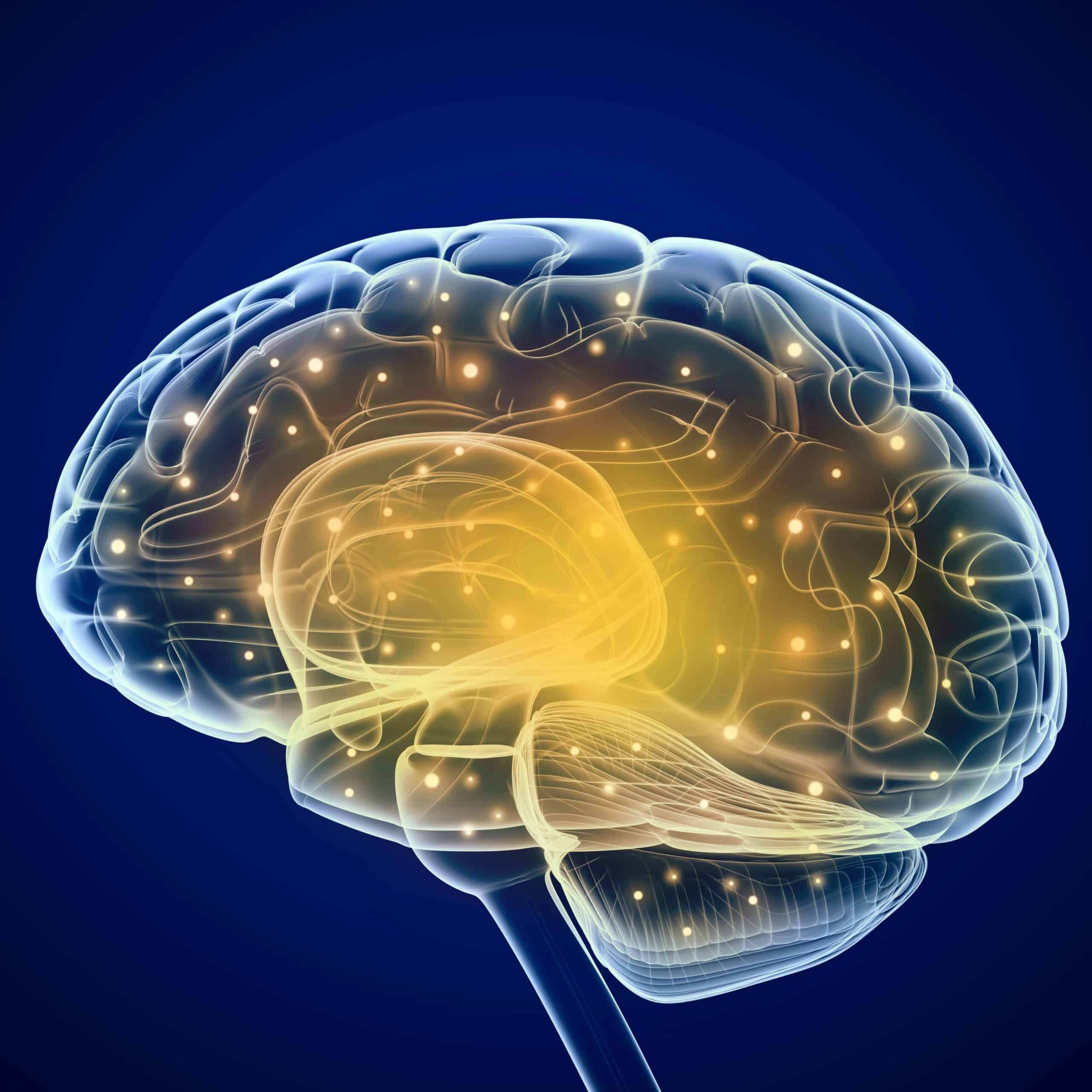Researchers from Massachusetts Institute of Technology (MIT) in Cambridge recently published a study in the journal Cell, the on how they tested a new temporally interfering (TI) stimulation method in brains of mice.
Current deep brain electrical stimulation treatment requires surgical implantation of electrodes in the brain which requires opening the skull. The MIT scientists have devised a noninvasive approach called “temporally interfering stimulation,” which does not require surgery. They use surface electrodes on the scalp that can stimulate deep inside the brain without damaging brain tissue from opening the skull
Originally developed as a treatment to reduce symptoms of Parkinson’s disease, DBS – deep brain stimulation – was invented to help control tremors, stiffness, uncontrollable movements, and problems with walking. It required surgical implantation of electrodes deep inside the brain creating a risk of bleeding, infection, and stroke.
Noninvasive transcranial magnetic brain stimulation techniques for the treatment of depression have been proven to be effective at stimulating tissue near the surface of the brain, but less effective at going into deeper areas without harm to the surface tissue.
This new form of TI stimulation places high-frequency electrodes on the scalp whose frequencies are so high so as to not do tissue damage. In varying the higher frequencies, the scientists can create an area of low frequency where they intersect, thereby stimulating the correct neurons for treatment. One such treatment might involve on electrode that produces and 4,000 hz current positioned on one side of the head and another electrode producing 4,001 hz current placed on the opposite side of the head. They were able to confirm that the TI signals did reach and stimulate brain cells in their target area without disturbing surface neurons.
The MIT study described how they were able to achieve stimulation of the hippocampus and other smaller regions of the brain in mice. By varying frequencies, positions and number of electrodes, they could pin-point and stimulate different target areas of the brain. They were even able to get into the motor cortex and move the mice’s paws, ears and whiskers.
Another noninvasive treatment for Alzheimer’s disease was researched in 2016by Prof. Li-Huei Tsai, professor of neuroscience at MIT. In that study he found that a type of light therapy may help Alziemer’s disease in mice. This procedure used flickering lights in their eyes to create specific frequencies of oscillations which actually reduced some of the amyloid plaques in Alzheimer’s disease. She’s now working on a similar stimulation technique for humans, along with TI stimulation.
The MIT scientists say this technique might not only be used for treatment but for diagnosis of brain disorders as well. They feel that while TI stimulation may not be as precise as the more invasive DBS it still holds great promise for treating other brain injuries such as memory loss, TBI (traumatic brain injury) and stroke; as they don’t require the precision
However, they suggest that the noninvasive technique may still benefit patients with other conditions – such as stroke, memory loss, and traumatic brain injury – that do not require the precise resolution of DBS.




